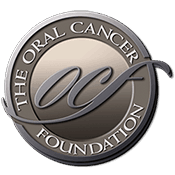African Americans more likely to develop keloid after head and neck surgery
Source: http://www.news-medical.net/ Author: staff African Americans are seven times more likely than Caucasians to develop an excessive growth of thick, irregularly shaped and raised scarring on their skin - known as a keloid - following head and neck surgery, according to a new study from Henry Ford Hospital in Detroit. This finding, however, is much lower than that previously reported in medical literature, where rates of keloid development have been shown to be up to 16 percent in African Americans. Unlike regular scars, keloids do not subside over time and often extend outside the wound site. Keloids also may be painful to the touch and itchy. "Many African American patients are afraid to have head and neck surgery or any facial cosmetic procedures for fear of developing keloids at the incision sites," says Lamont R. Jones, M.D. vice chair, Department of Otolaryngology-Head and Neck Surgery at Henry Ford. "We hope our study helps to eliminate that fear by showing that keloid development on the head and neck following surgery is actually much smaller than other reports." Much of the uncertainty surrounding keloids is rooted in there being no known cause for their development. But Dr. Jones and his research team at Henry Ford hope to eliminate that unknown. They are embarking on another keloid study to find a new technique to identify the genes that may be responsible for keloid development. By identifying the genetic cause, it may be possible to develop better treatments for keloids in the near future. [...]
